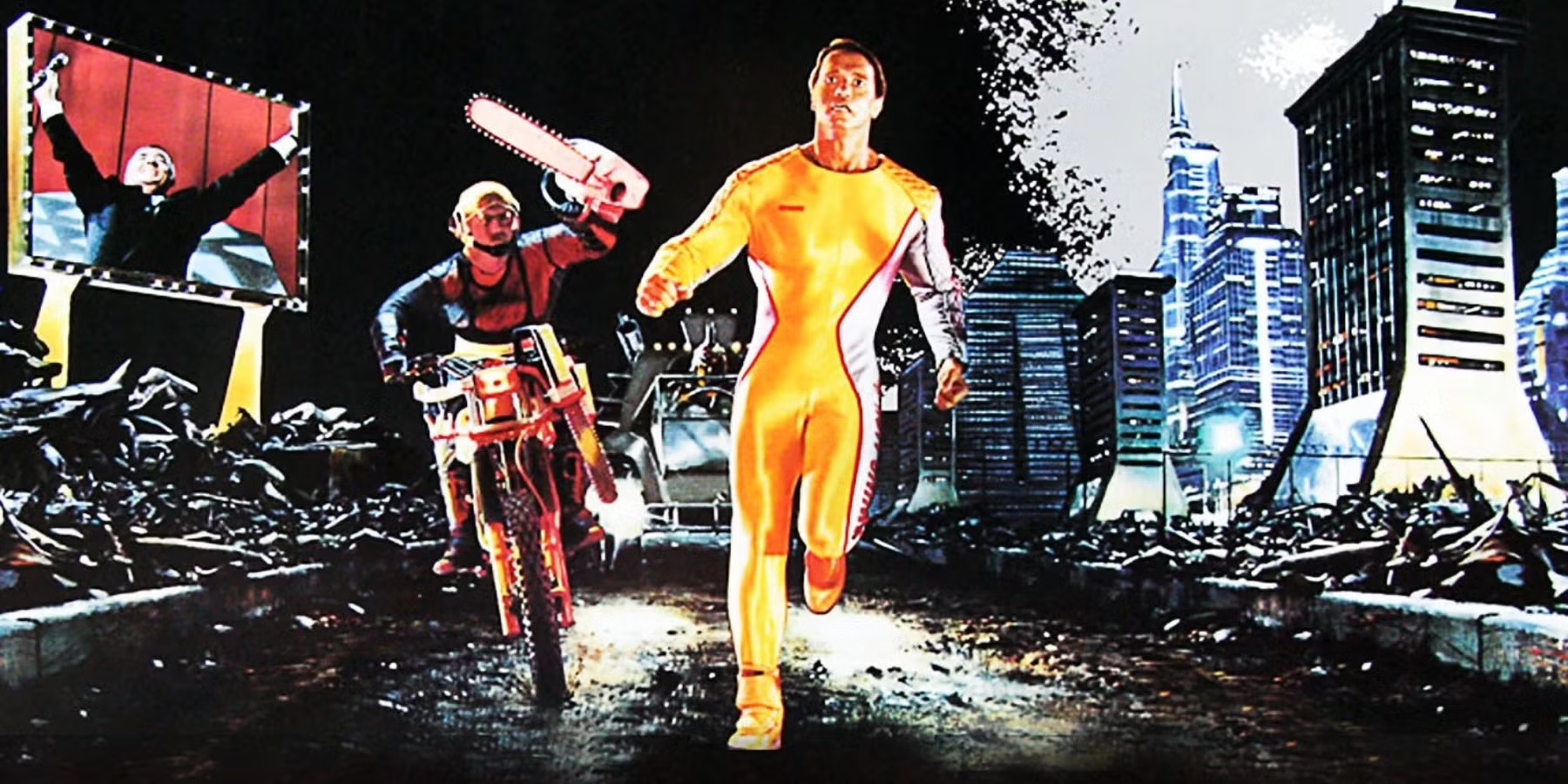
Running Man: Stephen King’s Chilling 2025 Vision
Welcome to the America of 2025, where the best don’t run for president, but for survival. Stephen King’s 1982 novel Running Man is a chilling work of science fiction that anticipated many of the disturbing trends we see in today’s media landscape – from the rise of reality TV and the public’s fascination with violence, to the manipulation of truth and the growing divide between the haves and the have-nots.
While the 1987 film adaptation starring Arnold Schwarzenegger is an action-packed classic, the original novel is a far more impactful and reflective work. It’s a story that holds up a dark mirror to our own society, challenging us to confront the uncomfortable realities of inequality, media control, and the human capacity for cruelty.
In this in-depth exploration, we’ll dive into the key themes and ideas that make Running Man such a powerful and prescient work of fiction. We’ll uncover the real-world inspirations that fueled Stephen King’s imagination, and examine how the book’s dystopian vision has only become more relevant in the decades since its publication.
The Roots of Dystopia: The Great Depression and the Rise of Reality TV
To fully understand the context and themes of Running Man, we need to go back in time to the era of the Great Depression. During this tumultuous period in American history, the country was grappling with a severe economic crisis, high unemployment, and growing inequality.
It was in this environment that the phenomenon of “dance marathons” emerged – events where participants would compete for days or even weeks on end, with the winner receiving a cash prize that could be the equivalent of a year’s salary. These grueling competitions attracted the desperate and the destitute, who were willing to endure physical and emotional torment for the chance at a meager reward.
The humiliation and suffering of the poor was a source of entertainment for the upper classes, who would toss coins to the exhausted dancers.
These marathons were also used as a symbol of the American dream – the idea that anyone could “pull themselves up by their bootstraps” and achieve success, as long as they were willing to push themselves to the brink of collapse.
The public’s fascination with the suffering of those struggling to survive inspired works of science fiction, such as Robert Sheckley’s 1958 novel The Prize of Peril. This story anticipated the rise of reality TV and the public’s growing appetite for witnessing the anguish of others for entertainment.
It’s this rich tapestry of historical and literary influences that Stephen King drew upon when crafting Running Man. The novel’s dystopian setting and its central conceit of a brutal, televised game show are directly inspired by the real-life dance marathons and the speculative fiction that they spawned.
Welcome to Harding City: A Divided Dystopia
The world of Running Man is set in the fictional city of Harding, a metropolis divided by a canal. To the north, the affluent center of the city thrives, with towering skyscrapers, flying cars, and well-to-do residents going about their business. But to the south, the COAP City housing projects are a bleak, desolate landscape, where the poor struggle to survive on meager government handouts and the occasional appearance on the city’s popular game shows.
At the heart of this divided city stands the imposing headquarters of the network that runs the games, a symbol of power and unattainable success for the majority of the population. For the residents of COAP City, the network’s game shows represent their only chance at a better life – a chance to earn the “new dollars” that can provide access to the luxuries and comforts enjoyed by their wealthier counterparts.
The game shows themselves are a reflection of the city’s stark divide, catering to the bloodlust and voyeurism of both the rich and the poor. Programs like “Swimming with the Crocodiles,” “How Hot Can You Take It,” and “Run for Your Guns” offer the desperate a chance at fame and fortune, but at the cost of their lives.
As the protagonist, Ben Richards, navigates this dystopian landscape, he encounters the stark realities of the city’s class divide. The police who guard the lines leading to the network’s headquarters view the game show participants with disdain, seeing them as desperate, greedy, and unworthy of respect. This cycle of hatred and dehumanization only serves to further entrench the divisions within Harding City, making it increasingly impossible for the have-nots to ever connect with the haves on a genuine level.
The Running Man: A Game of Life and Death
At the heart of Running Man is the eponymous game show, a 30-day televised hunt where a single contestant is given a head start before being pursued by a team of ruthless “hunters” led by the legendary Evan McCone. Survive for the full 30 days, and the contestant wins a staggering $1 billion prize.
Unlike the fast-paced action of the 1987 film, the novel’s depiction of the game show process is a slow, methodical affair. Richards spends the better part of the first 100 pages navigating the rigorous selection process, undergoing a series of physical, mental, and psychological tests before being chosen for the ultimate challenge.
This deliberate pacing serves to highlight the symbolic significance of the game show’s structure. As Richards ascends the floors of the network’s headquarters, he recognizes that he and the other contestants are “climbing the ladder of life” – but only in accordance with the network’s desires and to serve its interests.
The ninth floor is the highest that any “street person” can reach, with the upper levels remaining forever out of reach for the poor and disenfranchised.
This metaphor underscores the fundamental unfairness of the system, where the network holds absolute power over the lives and fates of the contestants.
Once the game begins, Richards is forced to record two video updates per day, which are then edited and manipulated by the network to portray him as a savage, unintelligent brute. This process of media distortion is a central theme of the novel, as the network exploits the public’s prejudices and preconceptions to turn Richards into a villain worthy of their hatred and scorn.
As Richards flees his pursuers, the novel delves deeper into the disturbing realities of the network’s game shows. The “Running Man” studio itself is a chilling example of how the suffering of the contestants has been transformed into a tourist attraction, with visitors laughing and taking selfies on the very treadmill where many have died.
This blurring of the line between entertainment and cruelty is a key aspect of the novel’s dystopian vision, as the network capitalizes on the public’s appetite for violence and spectacle, using it to maintain control and eliminate potential threats to the established order.
The Power of Truth in a Distorted World
One of the most striking elements of Running Man is the way it explores the fragility of truth in a media-saturated, propaganda-driven society. As Richards attempts to convey his side of the story, his words are consistently twisted and manipulated by the network’s editors.
The public, blinded by their own prejudices and the network’s relentless propaganda, are unable to see the truth behind Richards’ situation. No matter how much he tries to explain the realities of his life and the injustices he’s faced, his message is drowned out by the network’s carefully crafted narrative.
“The truth was drowned by ignorance, by prejudice and by hate. The truth was plastic and it was manipulated by our feelings and our feelings were manipulated by our screens.”
This theme of media manipulation and the erosion of truth has only become more relevant in the decades since Running Man was published. In the age of social media, deep fakes, and the proliferation of “fake news,” we’ve seen how easily the public can be swayed by carefully curated and distorted information.
Just as the network in the novel uses its control over the media to turn the public against Richards, we’ve witnessed countless examples of individuals and groups being vilified and dehumanized through the strategic use of edited footage, misleading headlines, and targeted propaganda.
The novel’s exploration of this issue serves as a powerful warning about the dangers of unchecked media power and the importance of critical thinking in the face of relentless attempts to manipulate our perceptions and emotions.
Connecting with the Outsiders: Allies in a Divided World
As Richards navigates the treacherous landscape of Harding City, he finds unexpected allies in the form of Stacey and Bradley, two young siblings from the COAP City housing projects. Initially wary of Richards, the siblings come to see him as a kindred spirit, someone who represents the struggle of the downtrodden against the oppressive forces of the network.
Through his interactions with Stacey and Bradley, Richards gains a deeper understanding of the realities facing the residents of COAP City. He learns about the poisoned air they breathe, the lack of access to basic healthcare, and the ways in which the network actively works to keep the poor isolated and powerless.
“Together, they watched the latest episode of Running Man. Thompson, this time with a sad air, displayed on the screen the photos of five policemen killed in the IMCA explosion. Then the photos of their wives and their children, people whose lives Richards had so mercilessly destroyed. Five policemen, five wives, 19 children. That’s only 1,725 per death, per grieving heart, per shattered home. Yes, you work cheap, Richards. Even Judas demanded 30 pieces of silver, but you not even that.”
This moment highlights the stark contrast between the network’s narrative and the human cost of Richards’ actions. While the network paints him as a heartless villain, the reality is that his choices have had devastating consequences for innocent people – consequences that the network is all too eager to exploit for the sake of entertainment and propaganda.
The connection between Richards and the COAP City residents represents a glimmer of hope in the novel’s bleak dystopian landscape. It suggests that, despite the best efforts of the network to keep the classes divided and at odds with one another, there is still the potential for solidarity and collective resistance against the forces of oppression.
Running Man: A Cautionary Tale for the Modern Era
As we look back on Running Man in the context of the 21st century, it’s clear that the novel’s themes and warnings have only become more relevant and urgent. The growing divide between the haves and the have-nots, the public’s insatiable appetite for violence and spectacle, and the erosion of truth in the face of relentless media manipulation – these are all issues that continue to shape our world in increasingly troubling ways.
In many ways, the dystopian vision of Harding City has become a chilling reflection of the realities we face today. The rise of reality TV, the proliferation of “fake news,” and the increasing marginalization of the poor and disenfranchised all echo the novel’s central concerns.
But Running Man is more than just a cautionary tale. It’s a call to action, a rallying cry for those who refuse to accept the status quo and are willing to fight against the forces of oppression, no matter the cost.
As we continue to navigate the complexities of the modern world, it’s crucial that we heed the lessons of this powerful novel. We must remain vigilant against the manipulation of truth, the exploitation of the vulnerable, and the erosion of our shared humanity. Only by confronting these challenges head-on can we hope to build a more just, equitable, and compassionate society.
So, as you watch the latest episode of your favorite reality TV show, or scroll through the endless stream of social media posts, remember the lessons of Running Man. Remember that the truth is fragile, and that the powerful will stop at nothing to maintain their control. And remember that, even in the darkest of times, there is always the possibility of resistance, of solidarity, and of a better future.
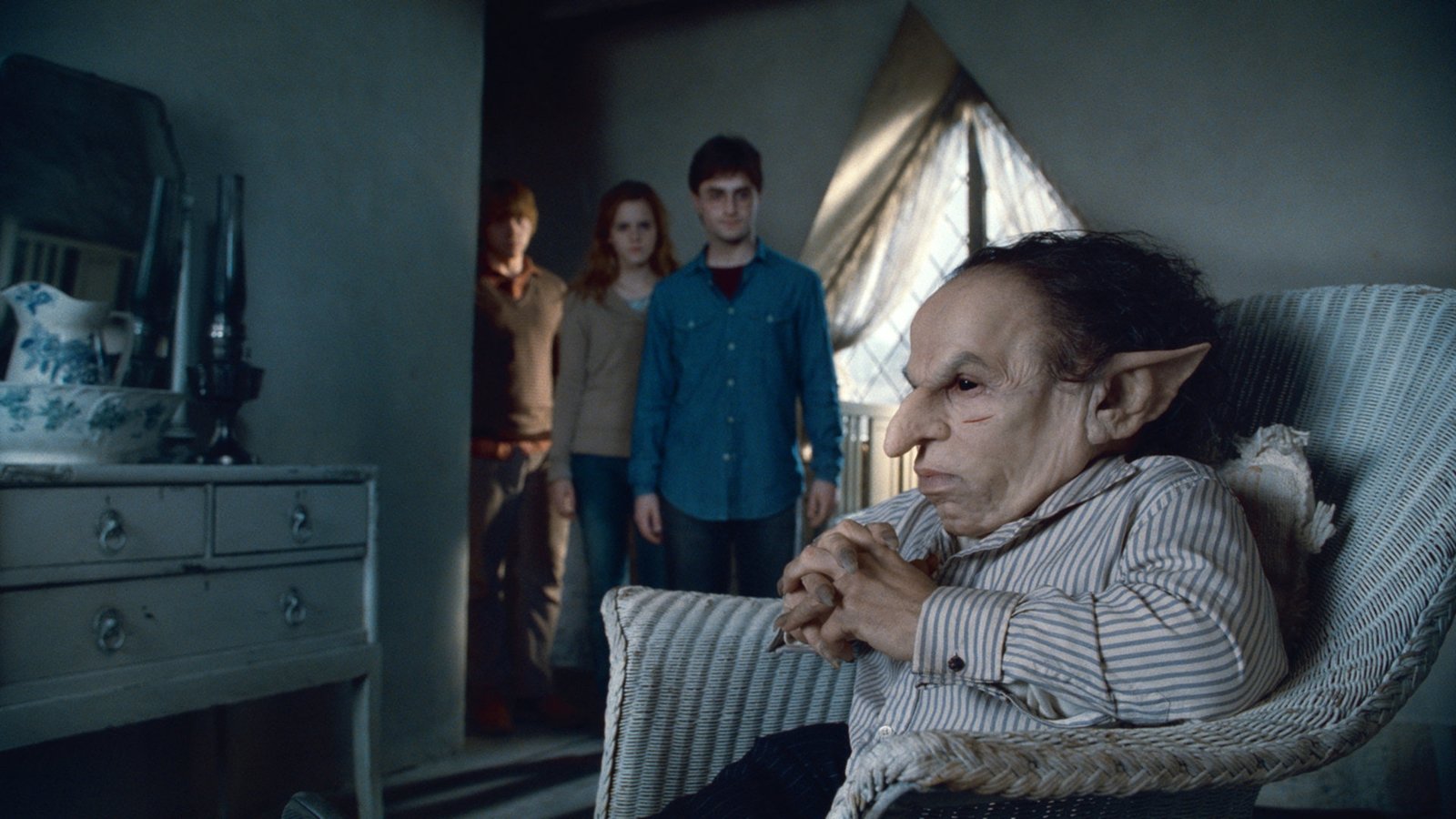
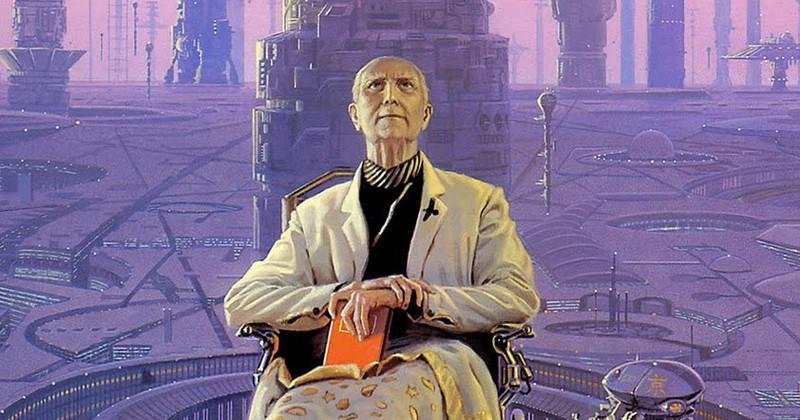
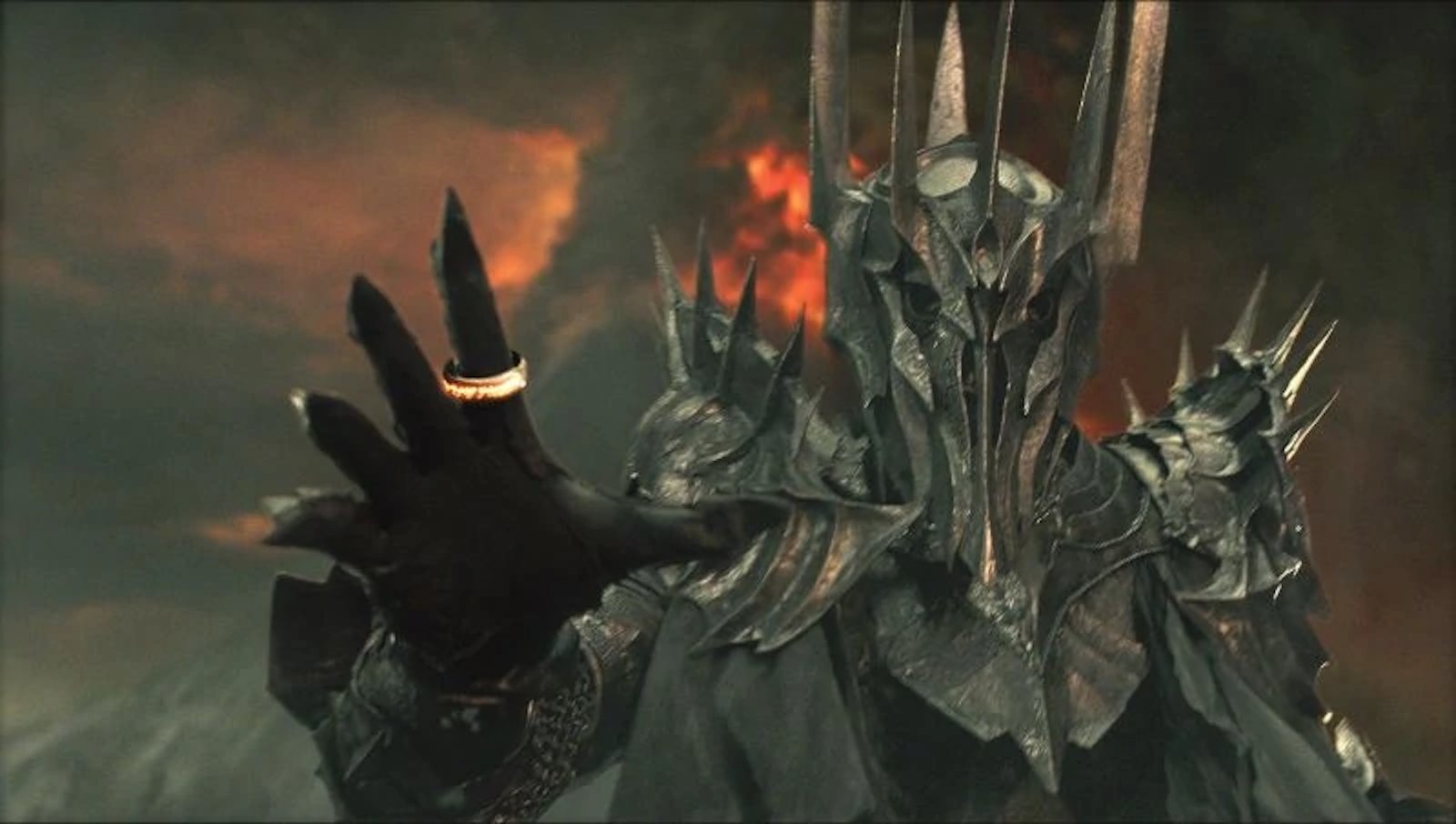

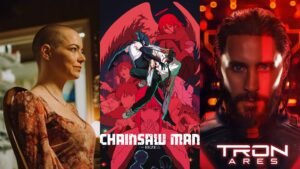
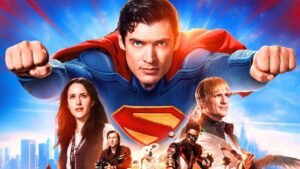



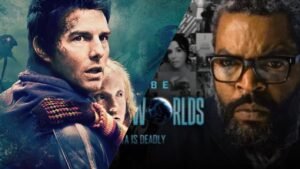

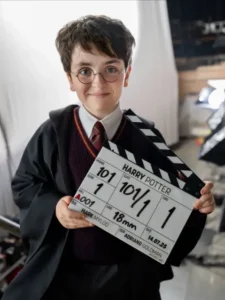
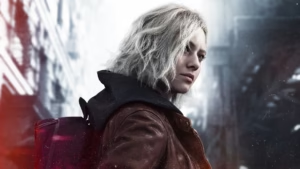
Publicar comentário